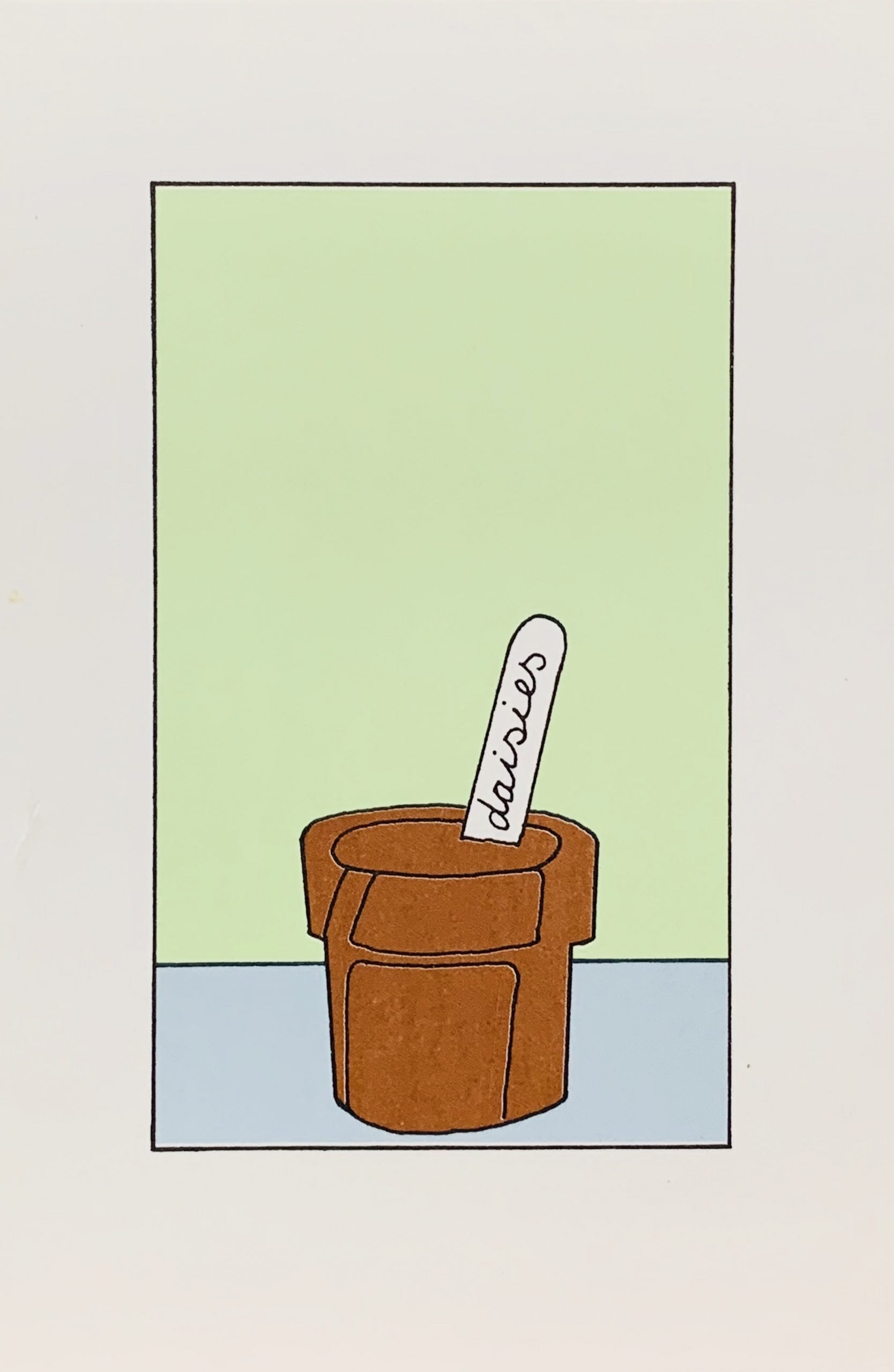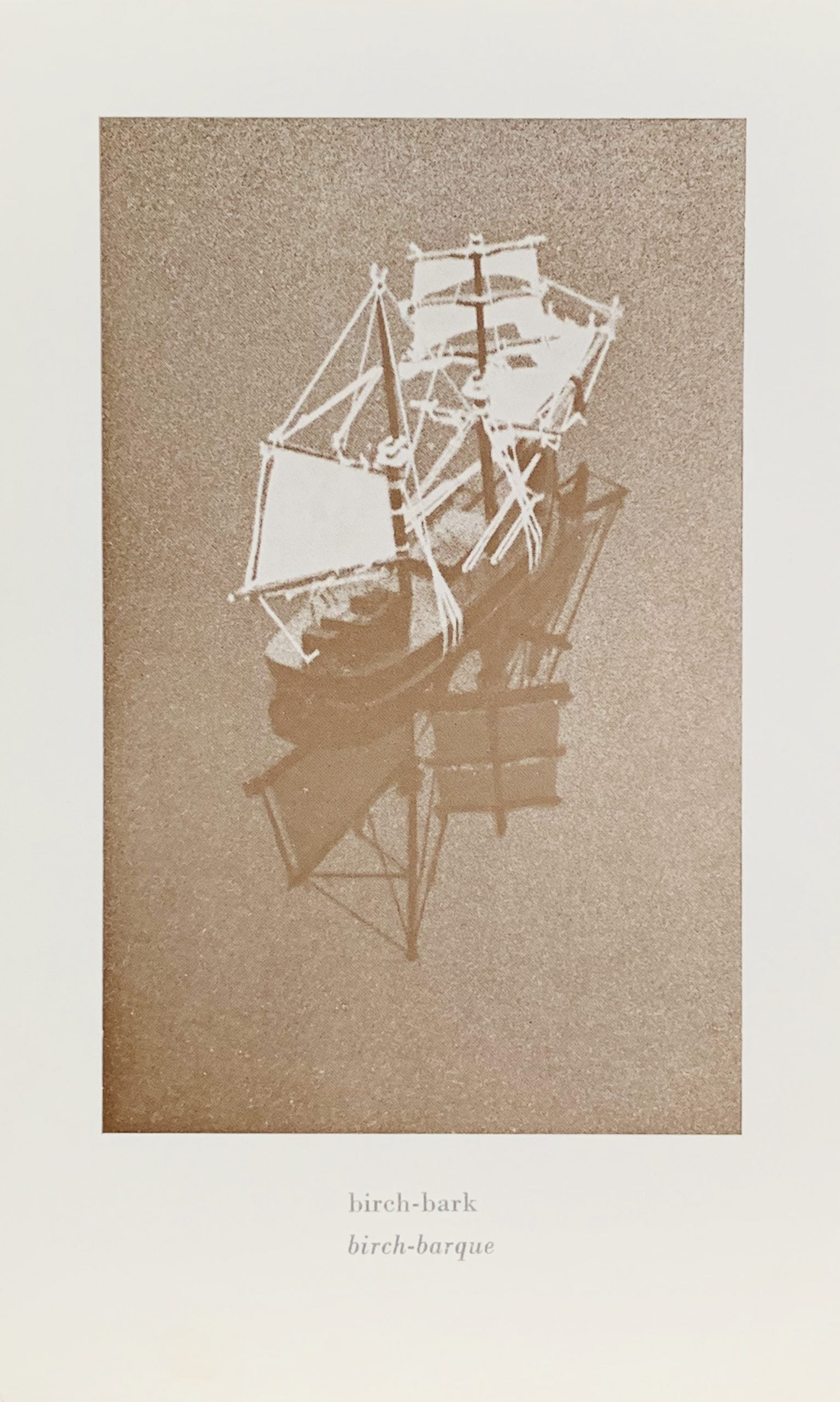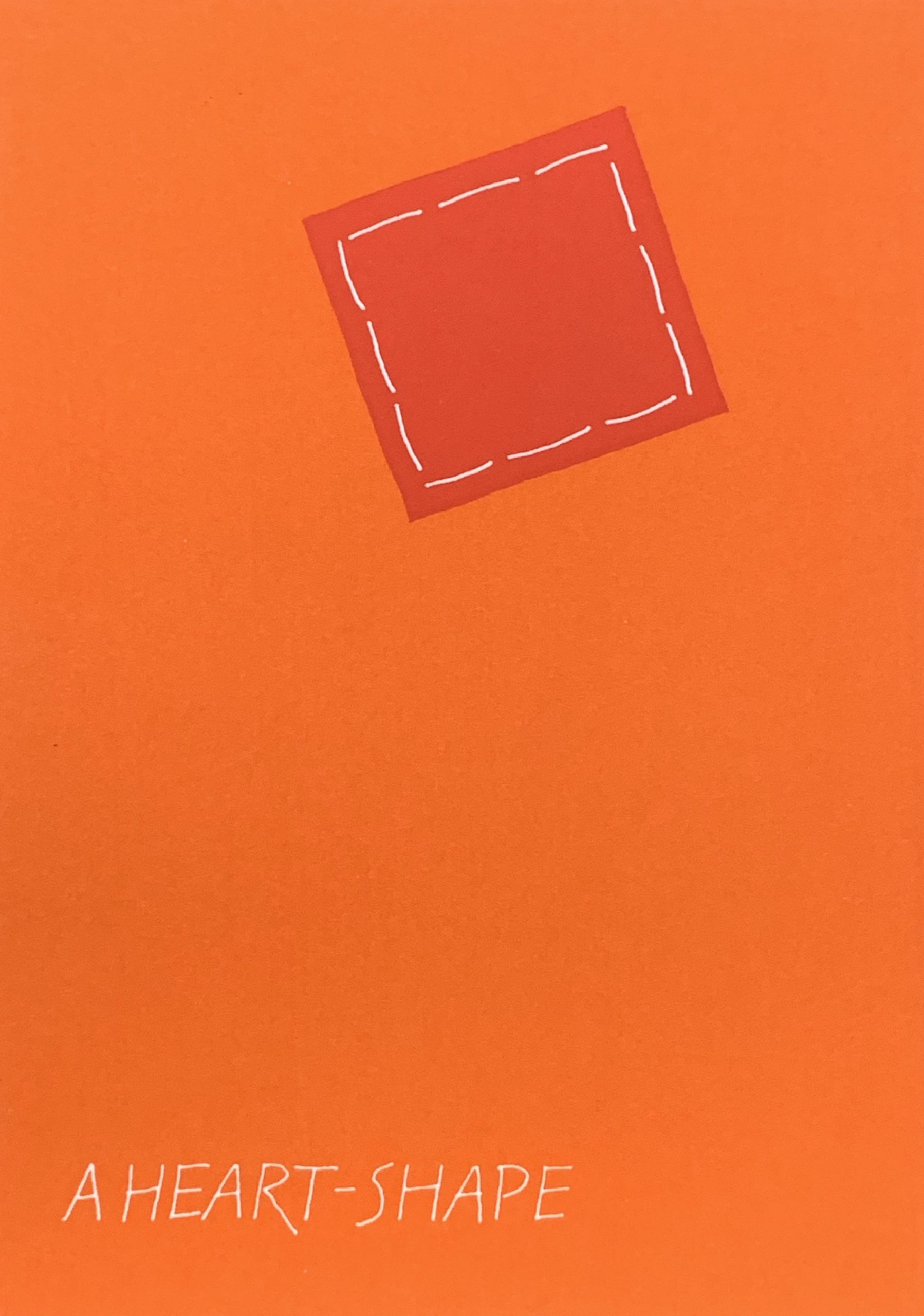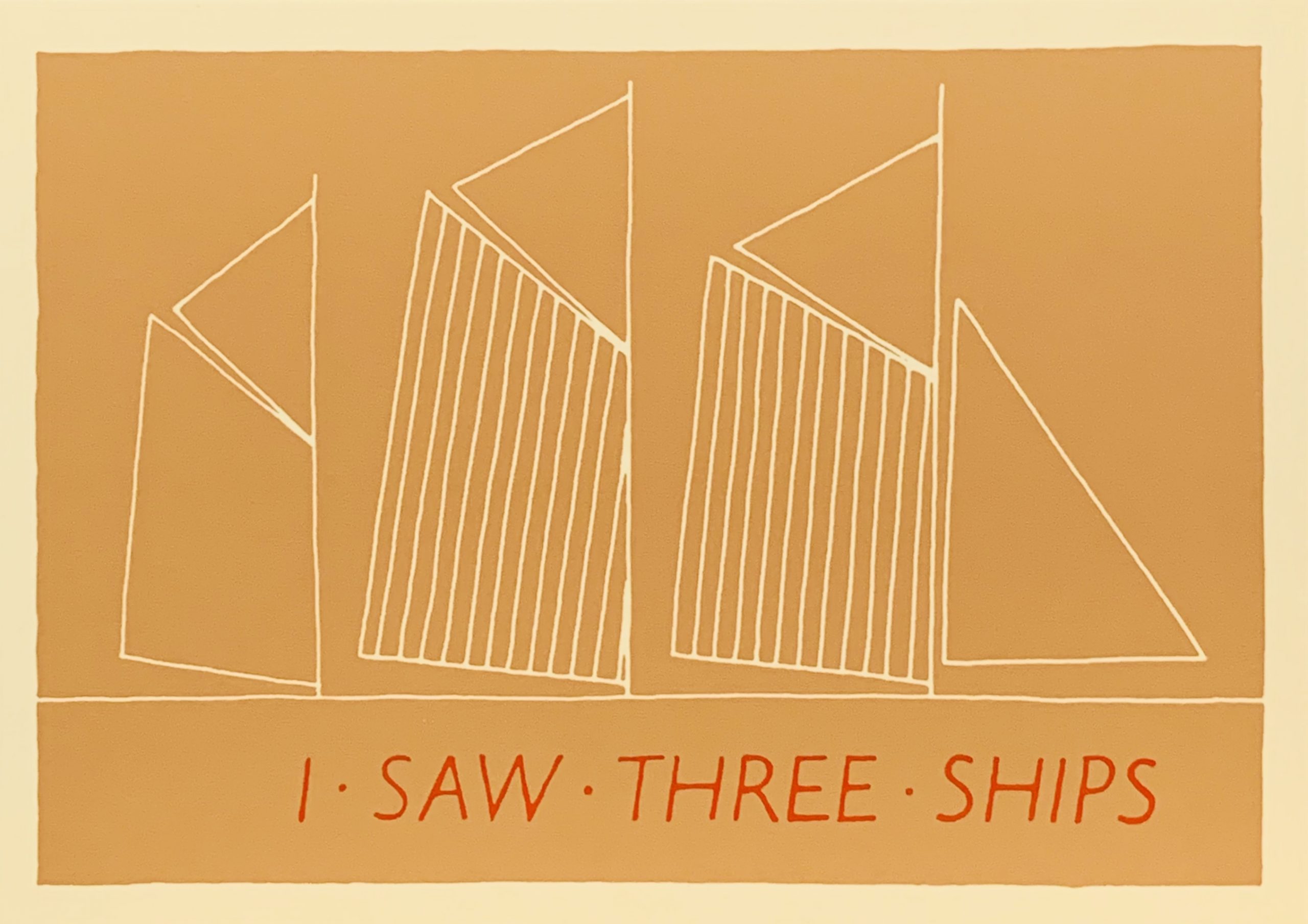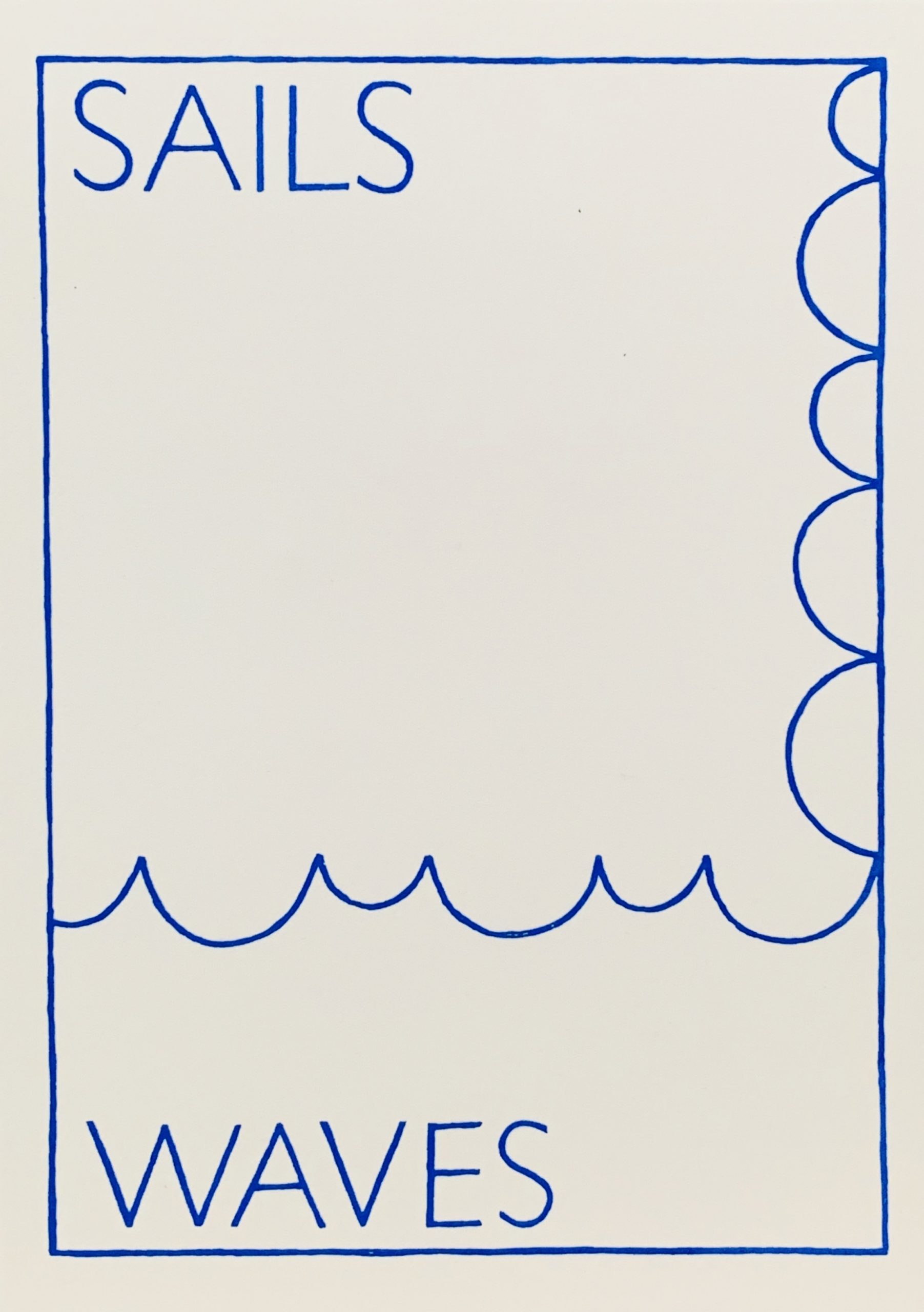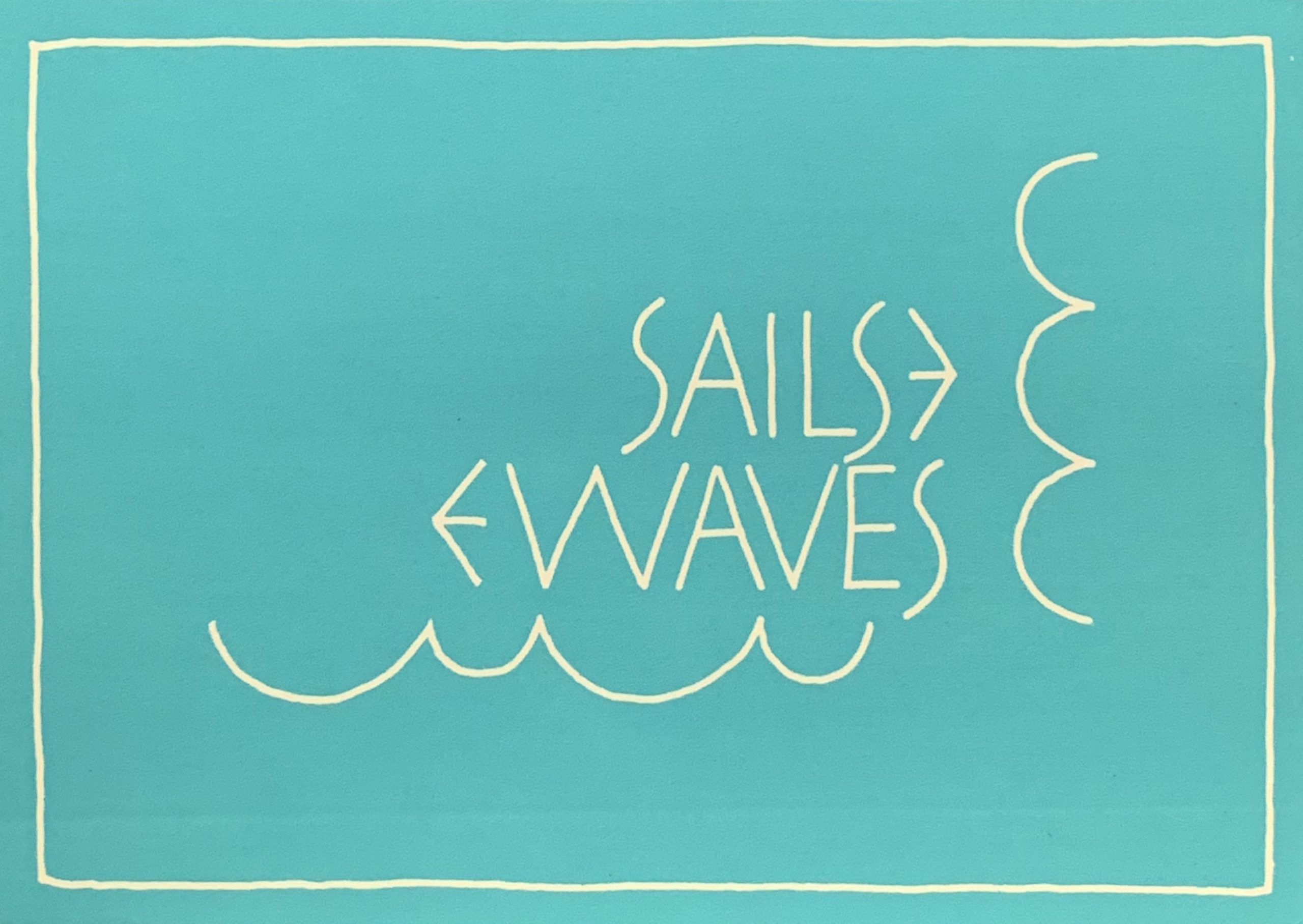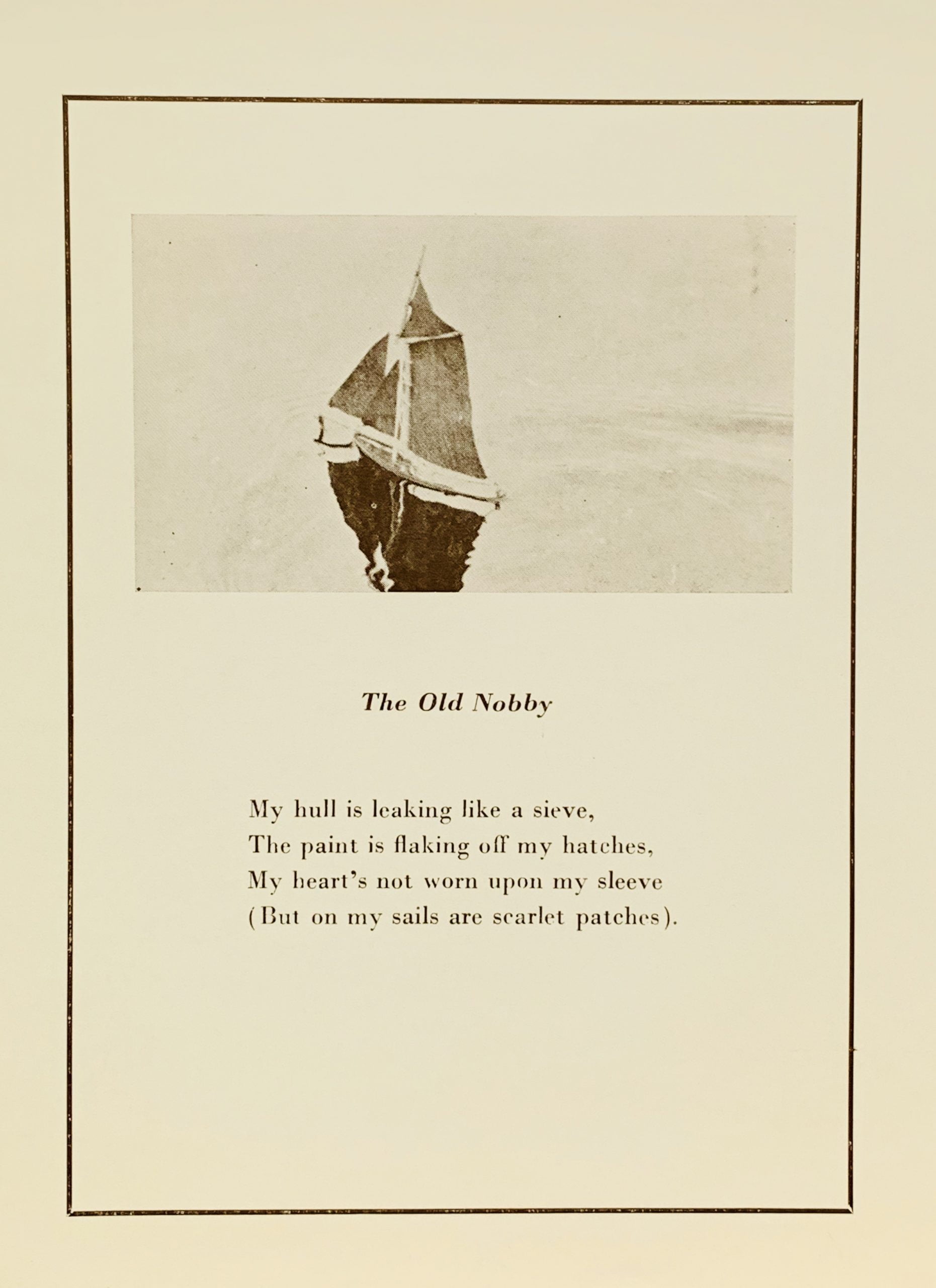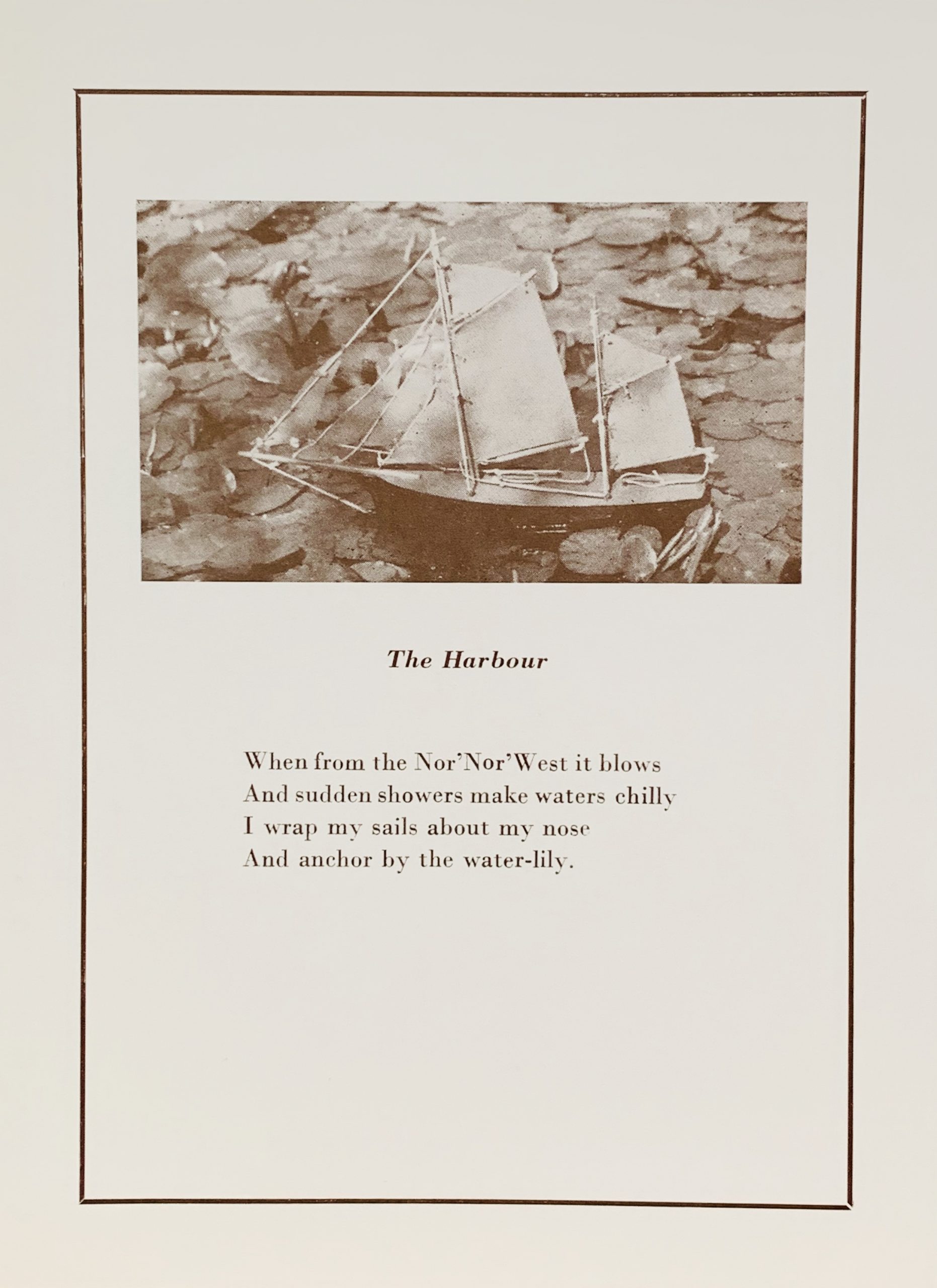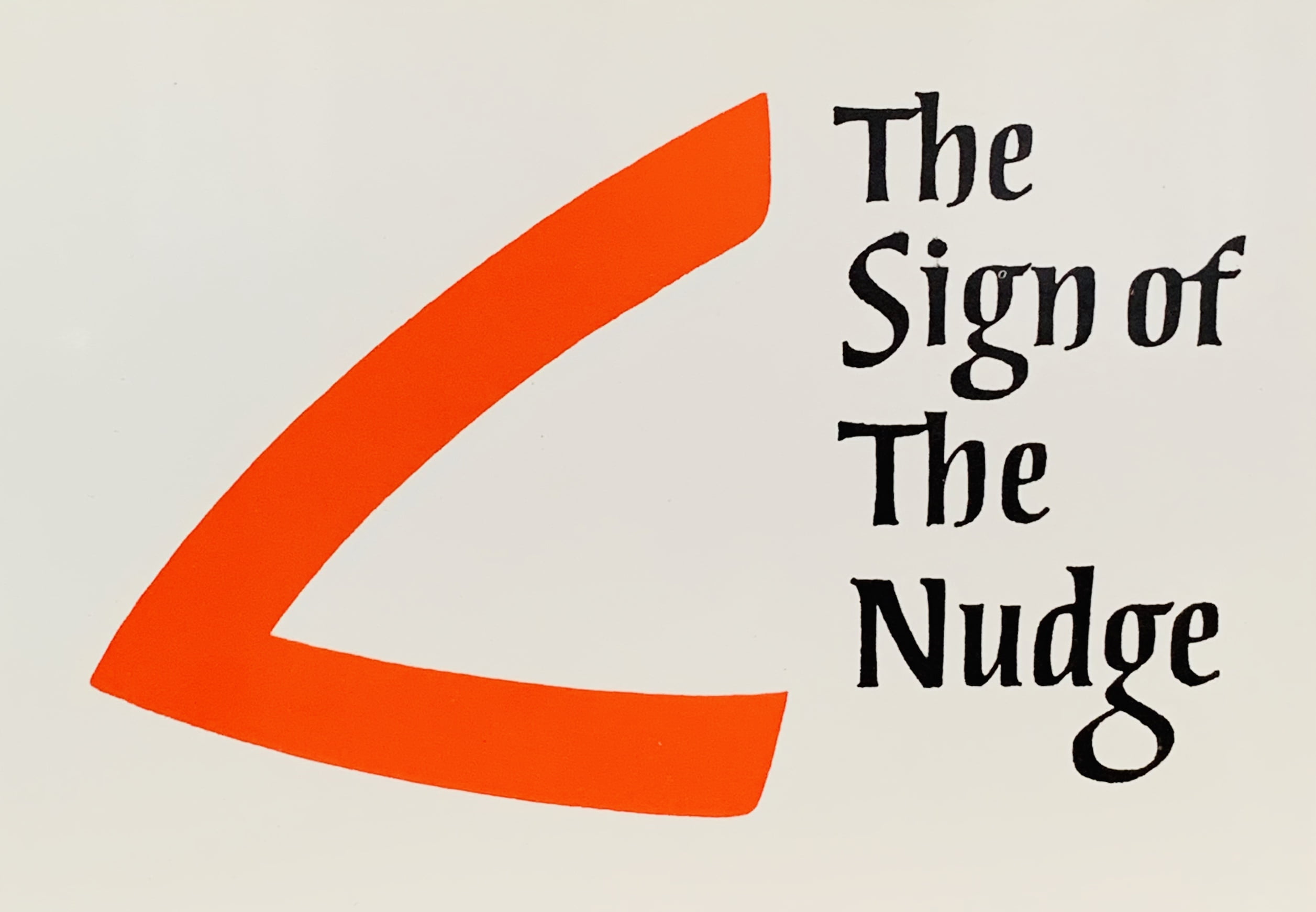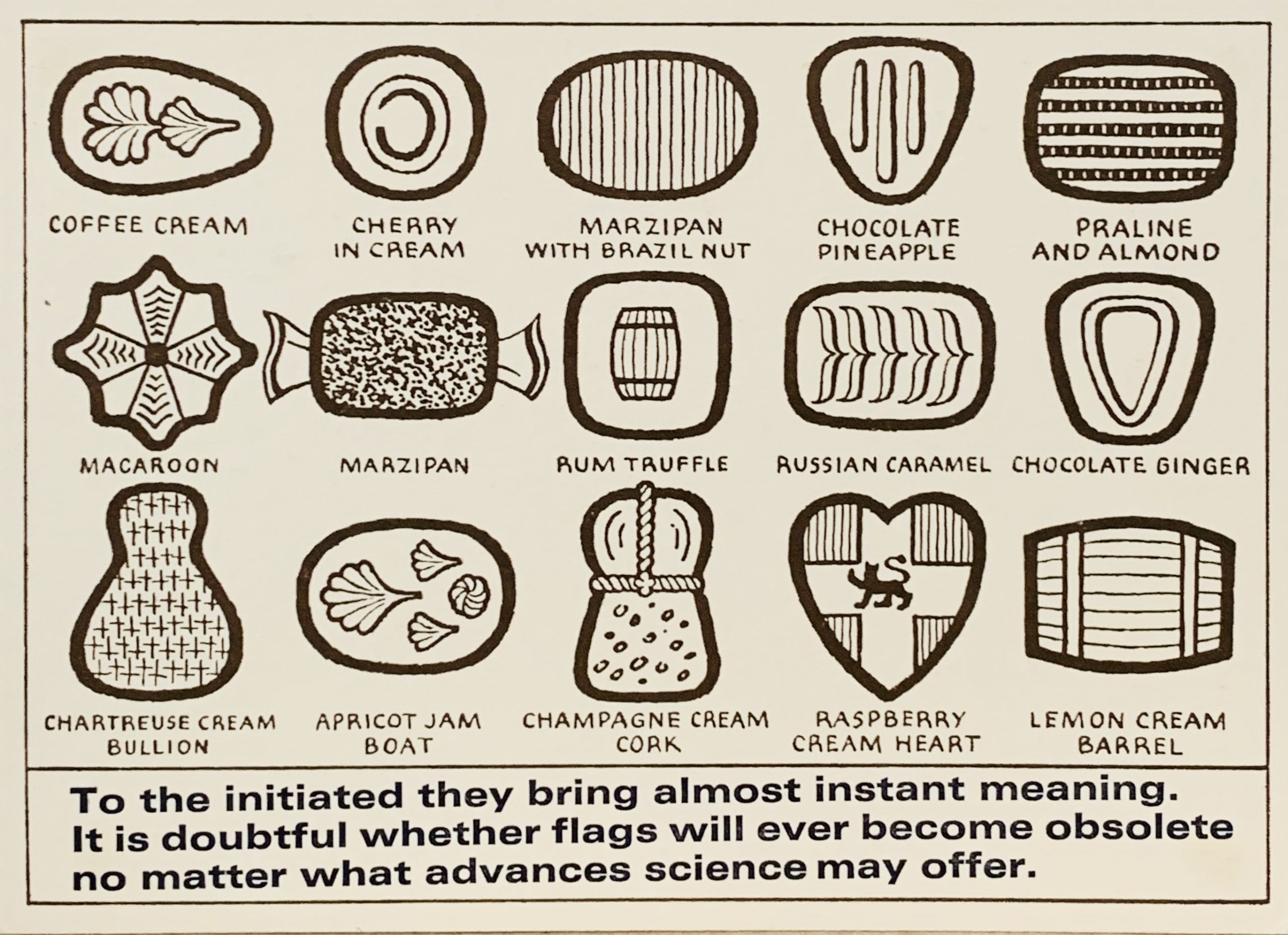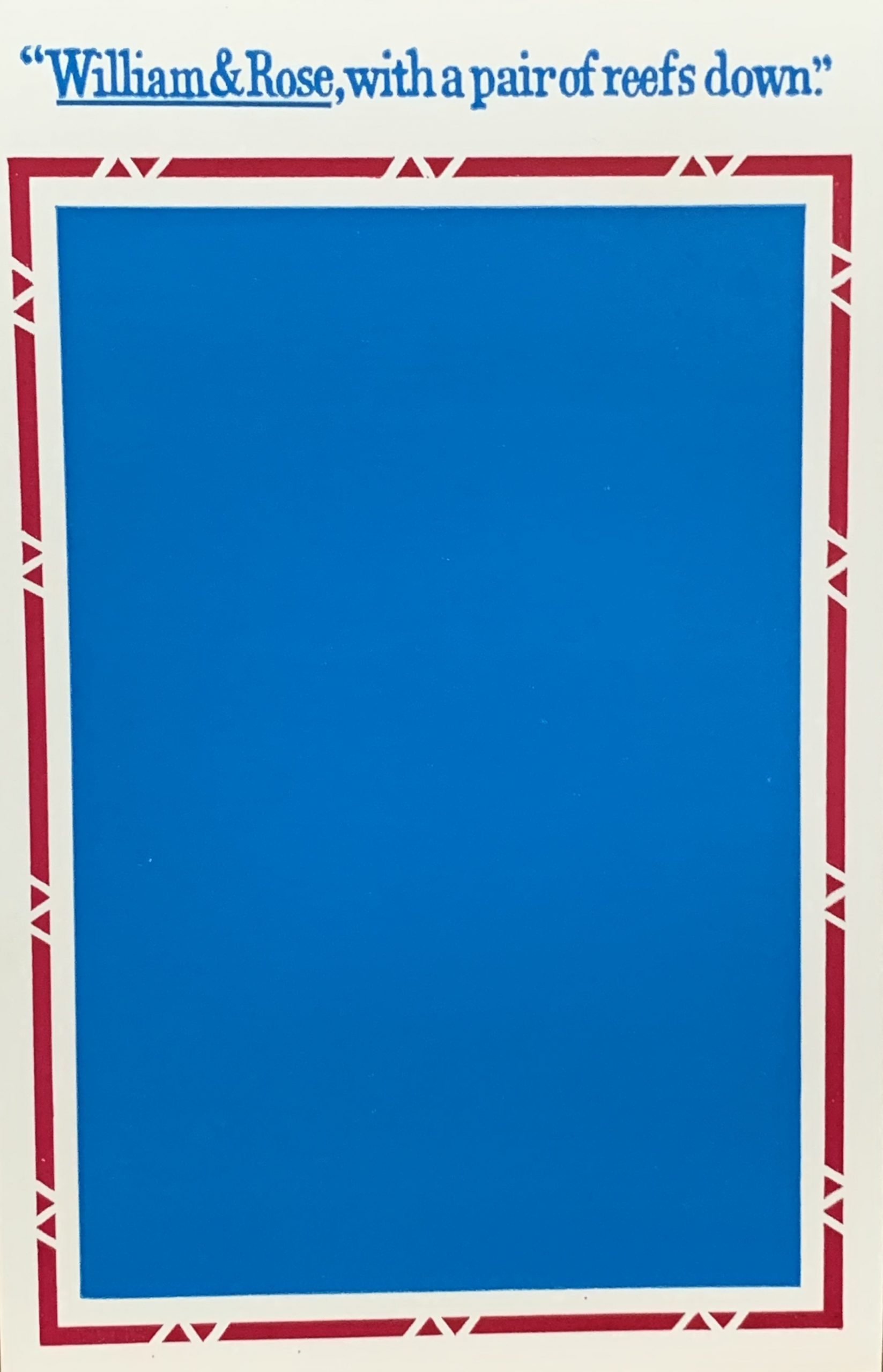11 Jul DAISIES. 1971, SIGNED “LOVE FROM IAN”.
Dunsyre: Wild Hawthorn Press, 1971
15.2 x 10.1cm, 2pp. Four colour (green, brown, blue and black) silkscreen of a drawing by Ian Gardner of a growing pot with a stick labelled "daisies" sticking out of it.
The wooden label becomes the daisy - much like in a Magritte a word replaces the thing it represents. A visual form of semiology where the interpretation of a sign becomes the most important and most dominant analysis of a (somewhat pretty) drawing.This example is signed on the back with :"Love from Ian" in black ink. VG+
...

